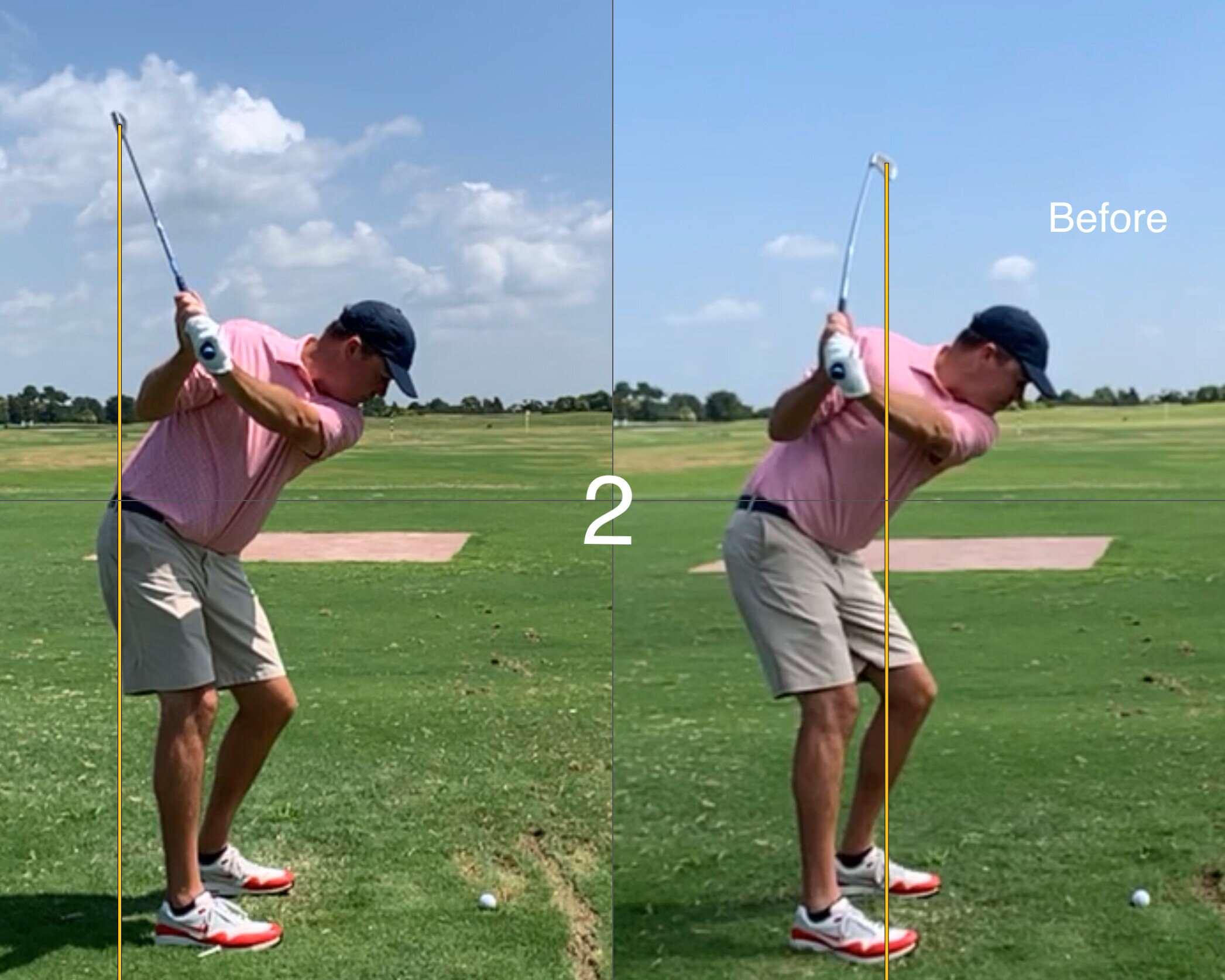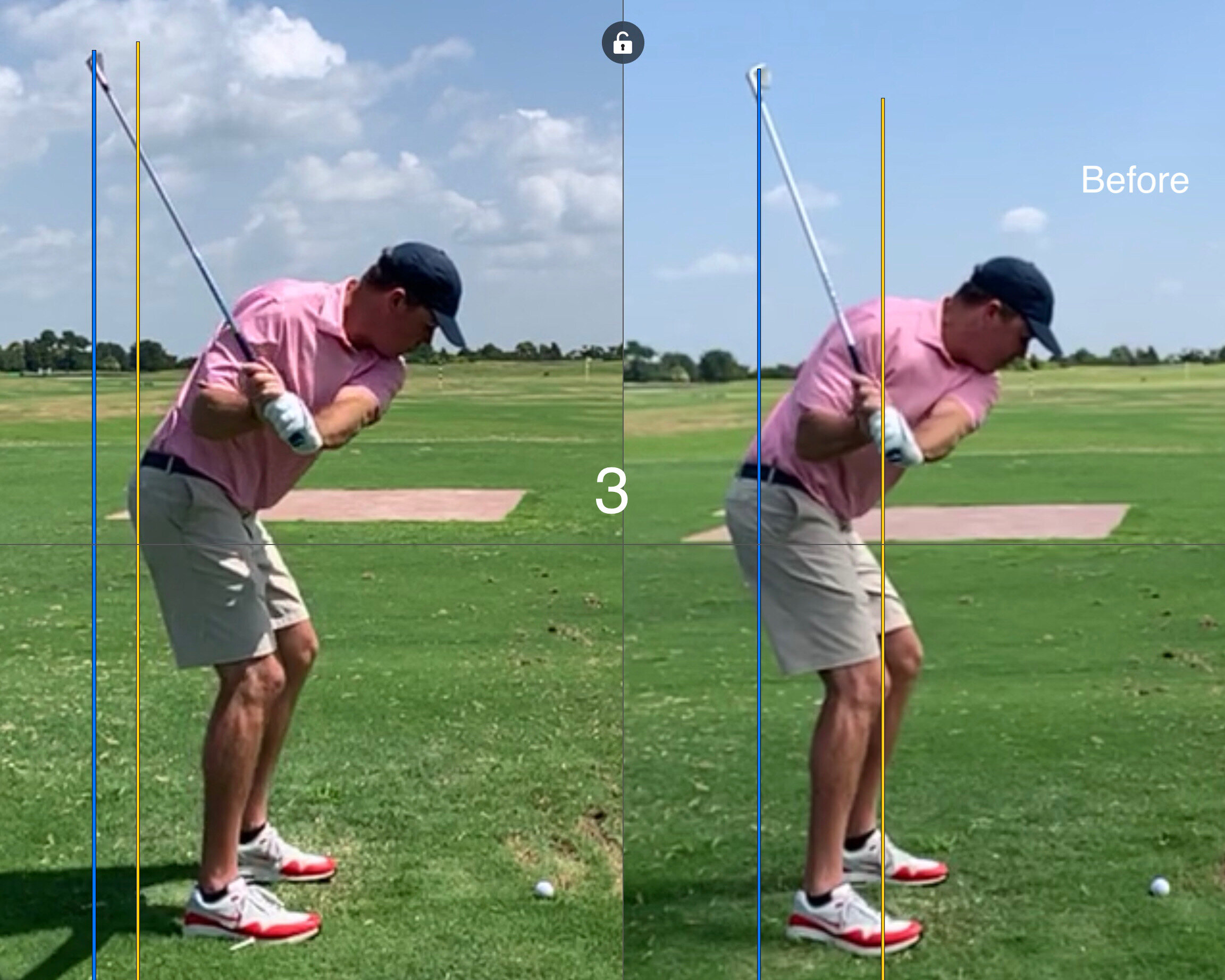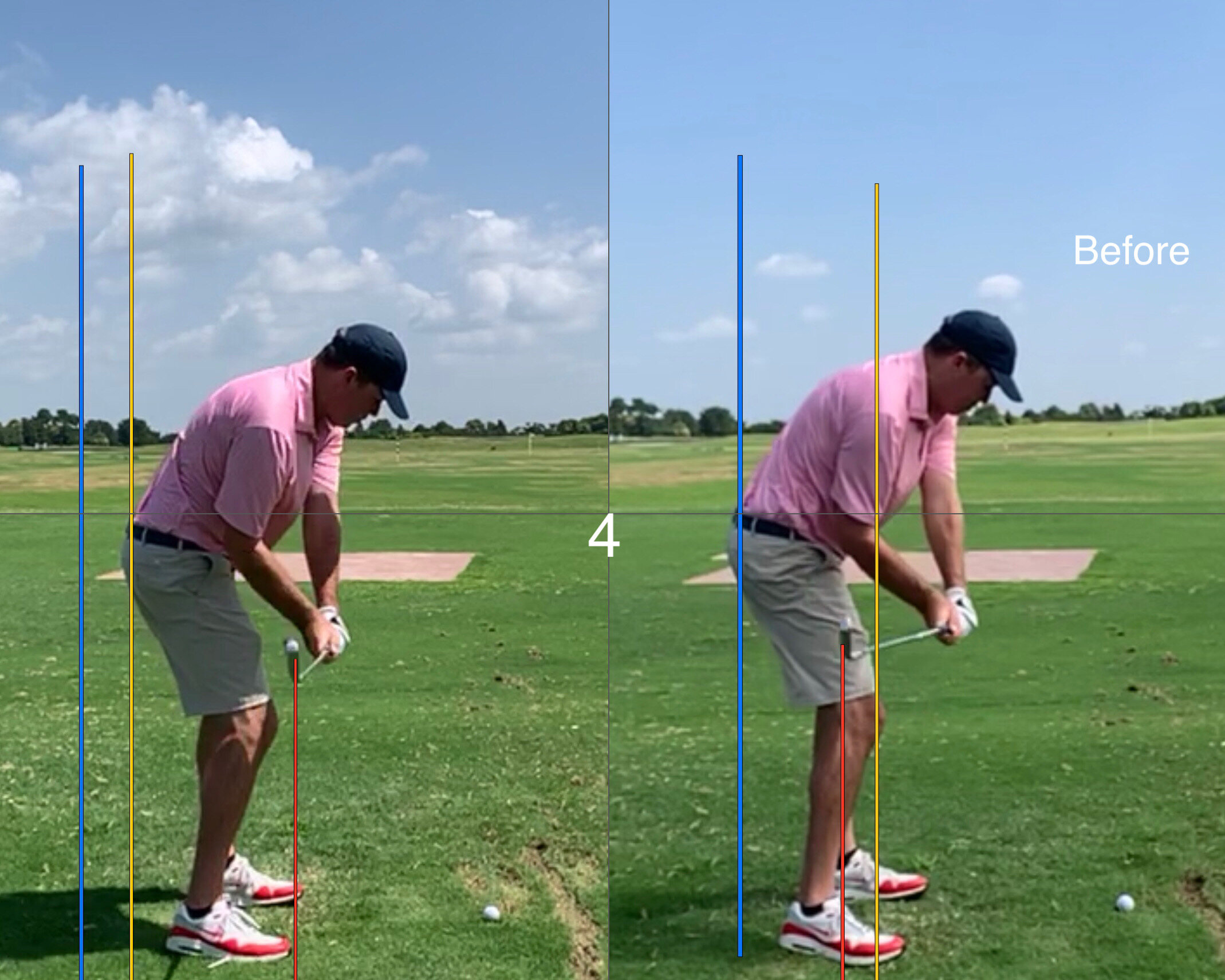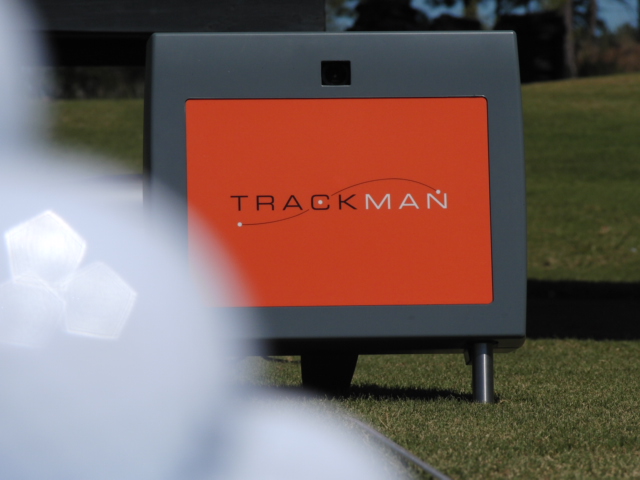A Look into a Lesson
/Thank you to all of you who have reached out to let me know how much you’ve gained from the insights I’ve been sharing with my students lately. It truly does make me happy to know how many people can benefit from someone else’s golf lesson. With that in mind, here’s another!
I recently got together with Scott who I started teaching 18 months ago. As a relative beginner when we first met, Scott has really worked hard and made tremendous strides - firing an all time best score of 82 recently. At the onset of our most recent lesson I could see that he had continued to make progress.
In an effort to keep my information simple, accurate and actionable I summarized the talking points for our time together into:
Alignment was too far right which led to misses that finished well right of target
2. Driver was crashing into the ground which led to pop-ups off the tee
3. Arm structure was a little soft through impact which didn’t bode well for repeatable, quality strikes
I’ve always found that too much information can often overwhelm a golfer and as a result I strive to keep it as simple as I can. That doesn’t necessarily mean it’s going to be simple - just as simple as possible while making sound upgrades.
I hope this look behind the curtain to see how I run my lessons somehow influences the way you look at your golf progress moving forward. My advice would be to itemize the important stuff and set a time frame to help you stay focused solely on those items. And of course - work hard!






















